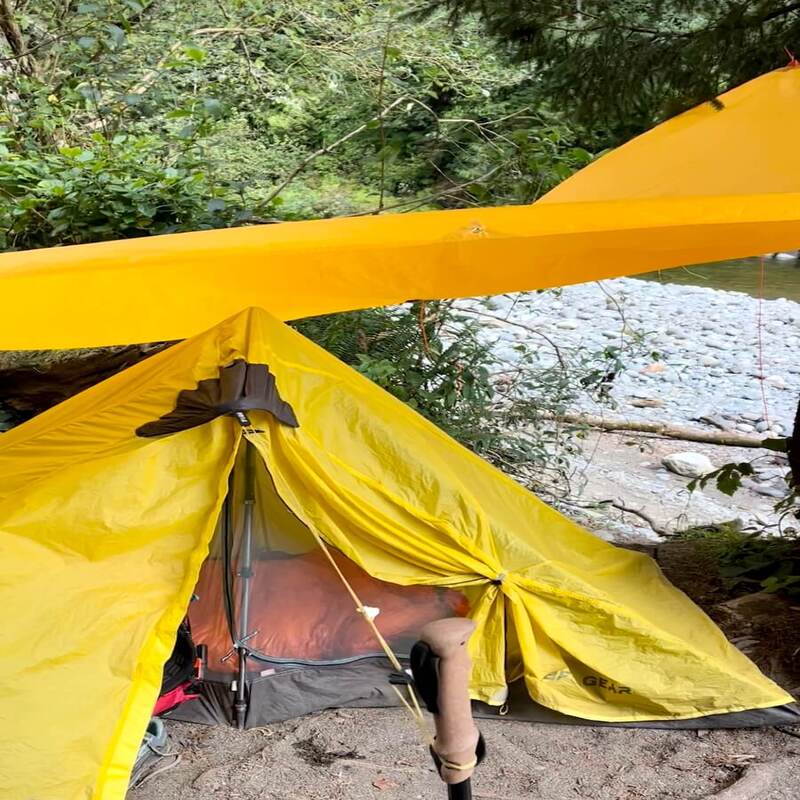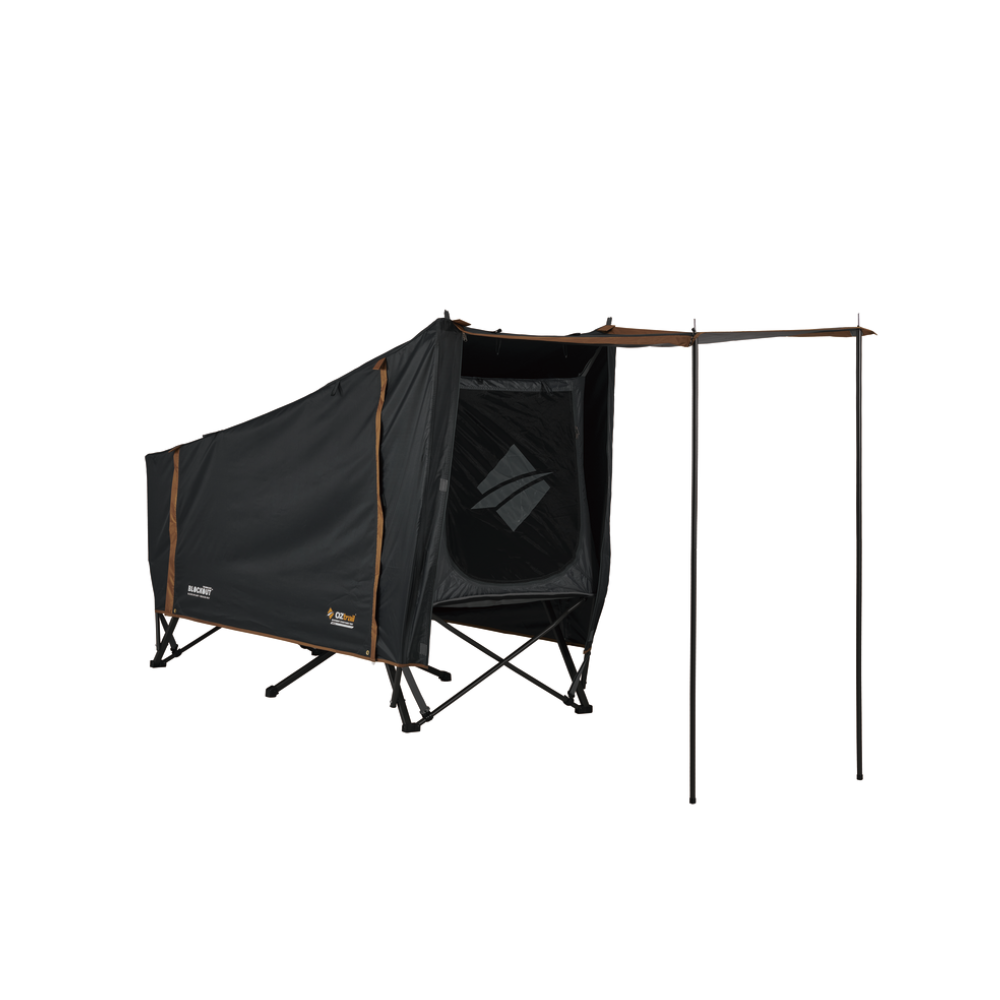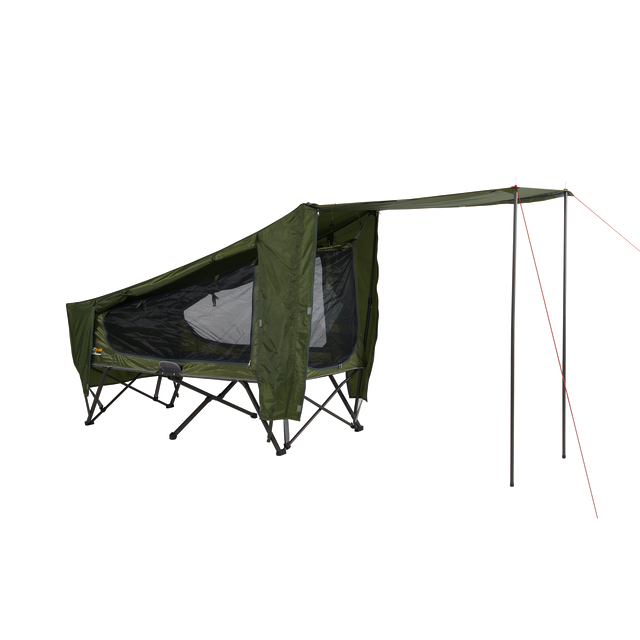Setting up a tent can be an exhilarating experience during a camping trip. However, take down that tent properly is vital for its longevity. Folding a tent incorrectly can lead to damage, mold, or other issues. So, understanding how to fold a tent can save you time and hassle. This guide will walk you through the steps involved in folding a tent, ensuring that it is packed away neatly and safely.
Understanding Your Tent: Basics Before the Fold
Types of Tents and Their Construction
Before you begin folding your tent, it’s essential to understand the type of tent you have. Tents are made from many materials, including polyester and nylon. Each type has its own method for folding. For instance, a dome tent has a different structure from a cabin tent. Familiarizing yourself with your tent’s design allows for a seamless pitch and take-down experience.
Moreover, many tents come with poles. Knowing how they function is important because poles often need disassembling before the tent is folded. Additionally, different tents have varied instructions from the manufacturer. Always consult the manual if you have doubts. It ensures you follow the specific guidelines for the tent you own.
Essential Tools and Preparations
Before folding your tent, gather your supplies.
You will need a clean space to work in. Having your tent laid out on flat ground can make a significant difference. Moreover, consider using a tarpaulin or groundsheet underneath to keep your tent clean. Additionally, a soft brush or a cloth can help remove dirt and debris. These materials are vital because they safeguard the tent fabric during storage.
Ensure that your tent is completely dry before folding. If moisture is present, it could lead to mold and mildew growth. Therefore, set the tent up to dry if necessary. Drying time can vary, so be patient. Once dry, you are ready to proceed with the folding.

The Folding Process: Step by Step
Step One: Remove Any Attachments
The first step in folding your tent involves removing any additional elements. These may include rainflys, guylines, or stakes. Start by detaching the rainfly. Put it aside, ensuring it is also dry. Next, remove the stakes from the ground; this helps prevent accidental damage when you fold the tent.
After that, take off the guylines. Coil them neatly to prevent tangles. Store them in a designated pouch for convenience. By having all attachments removed, you create a simple workspace, and it becomes easier to manage the tent fabric.
Step Two: Collapse the Tent Poles
Next, you need to deal with the tent poles. Most tents have poles that provide structure and durability. Therefore, take a moment to unclip them from the tent fabric. It’s important to follow the order stipulated in your manual, ensuring no pole is forced out of its place.
Once detached, gently fold the poles for storage. It’s advisable to keep them in a separate bag. This prevents them from damaging the tent fabric. Generally, poles should be stored the way they came. This reduces the risk of bending or breaking them.
Step Three: Lay the Tent Flat
With the attachments and poles removed, it’s time to lay out the tent flat. Find an open area free from rocks or debris. Spread out the tent fully to remove any wrinkles. This step also allows any hidden dirt to stay visible so you can clean it off.
If you notice any spots requiring cleaning, brush them off. It’s essential to take this step before folding, as dirt can become embedded in the fabric over time. Additionally, laying the tent flat allows you to see whether the fabric is damaged. Detecting any issues early helps with repairs and prolongs its lifespan.

Proper Folding Techniques: Achieving the Perfect Fold
Step Four: Fold the Tent Lengthwise
Now, it’s time to begin folding the tent. Start at one end of the tent and begin to fold it in half lengthwise. Make sure the two sides align as evenly as possible. This technique helps ensure a compact, manageable bundle when it’s time to store the tent.
Taking care during this step is crucial. A well-aligned fold prevents creases that can affect the tent’s shape. Next, ensure that you keep the edges as smooth as possible. This way, you’ll reduce the risk of damage when you store it.
Step Five: Fold the Tent Widthwise
After folding the tent lengthwise, it’s time to fold it widthwise. This step also involves halving the tent again. This compact fold will make it easier to fit into the tent bag.
Ensure that the edges remain aligned during this fold. Consistency is key because a neatly folded tent is easier to pack away. Not only that, but a well-folded tent also saves space in your storage areas.
Step Six: Rolling the Tent
Once the tent is folded, you might want to roll it up. This can help manage the space even better. Start rolling from one end while keeping the fold tight, similar to rolling a sleeping bag.
Use your body weight to keep the tent tight as you roll. It prevents unnecessary air pockets that can lead to bulkiness. Moreover, rolling helps minimize wrinkles, ensuring your tent remains in good shape for your next adventure.

Packing the Tent: Ensuring Protection
Step Seven: Find the Right Bag
After rolling, the next step is packing. Always use the tent bag provided by the manufacturer. These bags are designed specifically for their tents, ensuring proper fit.
However, if you don’t have the original bag, choose a storage bag that is water-resistant. This can protect your tent from moisture and dirt. Also, consider getting a breathable bag to help your tent fabric last longer.
Step Eight: Store in a Cool, Dry Place
Once the tent is packed, find a suitable storage location. Aim for a cool and dry area to avoid humidity-related issues. A garage or storage room often works best.
Avoid keeping the tent in a damp basement or an attic prone to temperature fluctuations. High heat can damage certain materials, while excessive moisture may cause mold growth. Proper storage extends the life of your tent and keeps it ready for your next outdoor adventure.
Maintenance and Care
Now that your tent is properly folded and stored, consider its long-term maintenance. Following a few practices will enhance its lifespan.
Regular Inspection
Inspect your tent regularly, especially after each camping trip. Look for signs of wear and tear, including frayed edges or broken poles. Performing routine checks allows you to address any issues early on. Catching problems before they escalate can save you both time and money in the long run. If you notice damage, don’t hesitate to make necessary repairs immediately.
Cleaning and Drying
Cleaning your tent after each use is crucial. Always make sure your tent is fully dry before packing it away. Store it in a cool, dry place to prevent mold and mildew. If the tent is particularly dirty, wash it according to the manufacturer’s instructions. Many tents can be cleaned with mild soap and lukewarm water. Avoid harsh chemicals, as they can degrade the material over time.
Storing Properly
When storing your tent, choose a cool, dry place. Avoid areas with direct sunlight, as UV rays can weaken fabric. Store it loosely to avoid creating permanent creases or damage. A large, breathable bag is ideal for preventing moisture accumulation. Make sure the area is free of pests that may cause damage.
Conclusion: Mastering the Art of Tent Folding
Folding a tent doesn’t have to be a daunting task. By following these simple steps, anyone can master the process. Understanding your tent and its components is crucial. It equips you with the necessary knowledge to protect and maintain your gear. Remember to regularly inspect, clean, and store your tent properly. This will ensure its longevity and utility for many camping adventures to come.
With practice, folding a tent will become second nature. The more you engage with the process, the easier it will become. So gear up for your next camping adventure and enjoy the great outdoors, knowing your tent is well-maintained and ready for action. Happy camping!
